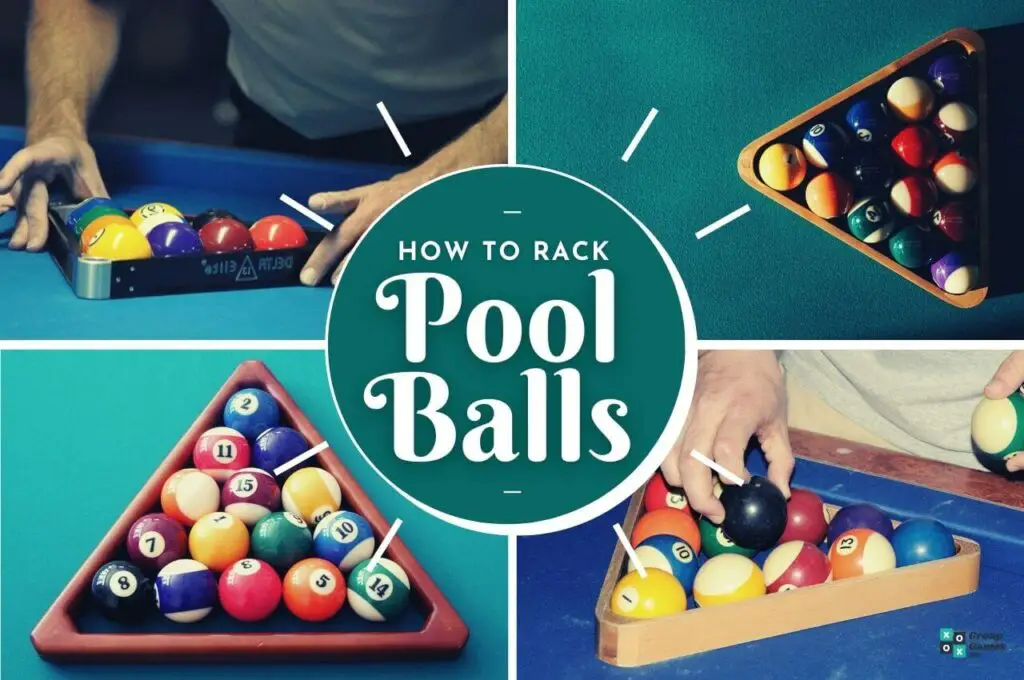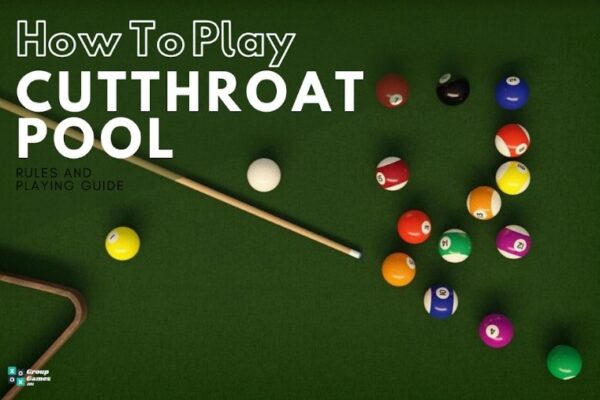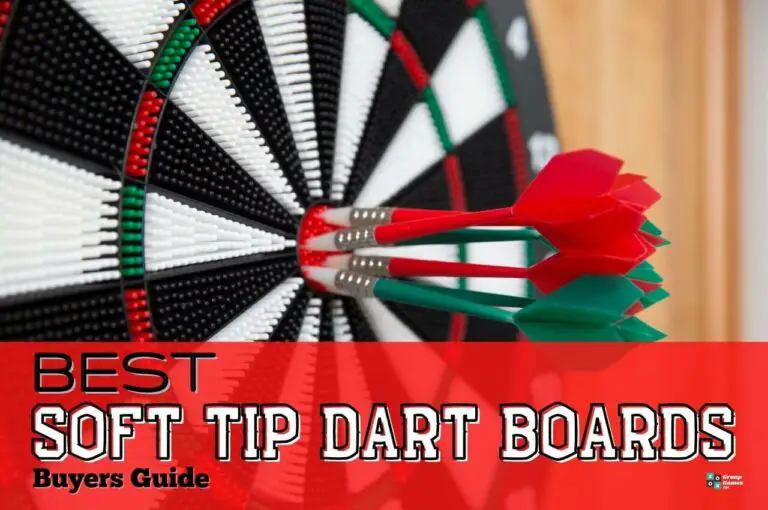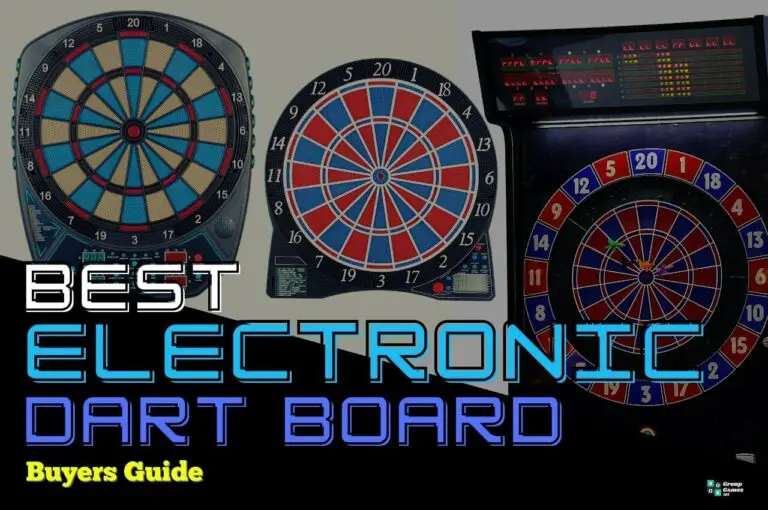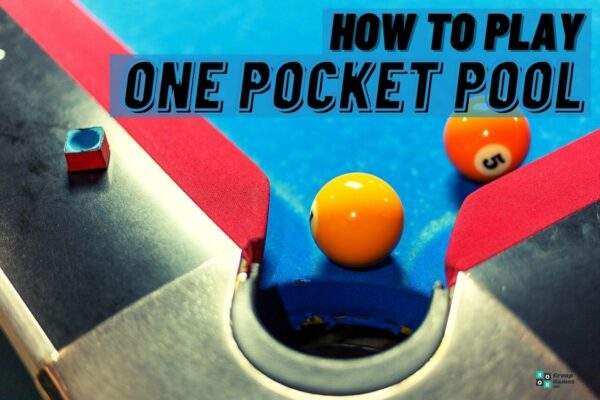Call it a piece of equipment used to set up a pocket billiards game, a set of pool balls in the specific arrangement before the break in a pool game, or the act of the first shooting player setting up the table in the aforementioned arrangement; knowing how to rack pool balls is an integral part of any pool game.
For instance, did you know that the World Pool Association has defined clear rules for the use of rack templates? Everything is written for you – from the legitimate specifications, to how you can position the rack or even remove the template. How we rack pool balls can actually decide the course of the game.
Let’s find out all there is about racking right from why pool racks are so important to the correct way to rack object balls in different pool games.
Important Terms Related to Racking Pool Balls
Did you know that template racks are also casually called triangles?
The name is derived from its traditional triangular shape, just like the term pyramids popularly used in Europe. However, racks are not always triangular. For diamond-shaped racks, a triangle or pyramid wouldn’t be an appropriate denomination but another common term pack, which also originated in the UK, would be.
Pool games come in all sorts of variety and one distinguishing feature is how the object balls are racked before a game begins. Depending on factors like the number and type of balls involved, break shot rules, and final target ball of the game, rules for racking pool balls differ for different games. This is also applicable to tournaments played at a global level.
Besides variations in its own names, to completely understand how professionals rack pool balls, let’s have a look at certain terms commonly used to describe placement and positions on the pool table.
Head String
- A head string is a line that demarcates the position of a cue ball before a break shot is made.
- It runs parallel and close to the headrail and extends between the second diamonds on sides of both longer rails.
- It is often imaginary but can be drawn on the table to ensure the precision of placement of rack and break shots.
- The rack is placed beyond the head string.
Long String
- A long string runs parallel to the side rails and divides the pool table into two equal halves.
Head Spot
- The intersection of the head string and the long string creates the head spot, which is generally not marked on pool tables.
- In some scenarios, racks can be placed on the opposite end of the table with the apex ball being placed on the head spot.
Foot Spot
- The intersection of the foot string (contrast of the head string and close to the foot rail) and the long string forms the Foot Spot.
- A traditional pool rack is placed according to the foot spot with the apex ball being placed exactly over the intersection.
- Here, unlike the head spot, the intersection is generally marked or spotted.
Apex Ball
- The ball at the topmost row of the rack, that lays solo and gives the rack a sense of direction towards the headrail is called the apex ball.
- Differs for different games.
Positioning The Rack On The Pool Table
Now that we have covered the pool rack glossary, it would be fairly easy to understand where and how a rack is placed on a pool table.
In most pool games, a rack’s exact position is determined by the foot spot. With the rack’s top being placed on the foot spot, the bottom side is placed parallel to the head string.
The foot spot is strategically marked on the pool table to leave adequate room for a player to make a good break by striking the cue ball in the kitchen (the area between the head string and the headrail). For various reasons and versions, the rack can also be placed in alignment with the head spot.
Now that your rack template is perfectly positioned, let’s get to the pool balls, shall we?
How To Rack Pool Balls In A Triangular Rack?
To rack your object balls, you can use two different template shapes depending on the game you are playing.
Dimensions
A triangular rack can typically fit a maximum of 15 object balls in 5 rows, each row consisting of the corresponding number of balls. For instance, there is only 1 ball (apex ball) in the first row of the rack whereas the fifth row consists of 5 balls.
The exact dimensions to ideally accommodate this setup within the rack template and keep the balls tightly next to each other are 11.25 inches for each side.
Step By Step Guide For A Standard 8-Ball Pool Rack
The most popular game played with a triangular rack is the eight-ball pool. Follow these easy steps to get the perfect rack for a solid break.
Step 1: Place the 1-ball (apex ball in this game) over the foot spot at the top of the rack.
Step 2: Place 1 solid ball and 1 striped ball (any number except 8) at the remaining corners of the rack.
Step 3: Fill the rack with remaining balls randomly, preferably from the border towards the center leaving behind the black 8-ball for the last.
OR
Step 3: Fill the rack with remaining balls in alternate order of solids and stripes.
Step 4: Place the 8-ball in the center of the rack. It should be the second ball in the third row.
Variations In Rack Rules For Other Pool Games
Fifteen-Ball Pool: 15-ball at the foot spot, on the top of the rack. Remaining balls following behind in descending order of number value.
Ten-Ball Pool: 10-ball at the center of the full rack.
Six-Ball Pool: Moneyball (usually the 15-ball) placed at the center of the third row.
Cut-Throat Pool: 6-ball and 11-ball are placed at the remaining corners of the rack with no particular ball at the center.
Straight Pool, One-Pocket Pool & Bank Pool: All balls are placed randomly with no particular apex or center ball. Although racking is relatively easier in these games, the rules of game play make them particularly difficult ones to master. You can check out simple guides and rules for one-pocket pool and bank pool if you prefer easier racks and harder games.
How To Rack Pool Balls In A Diamond Shaped Rack?
Dimensions
A diamond pack can accommodate a maximum of 9 object balls in 5 non-uniform rows. The first and the fifth row consists of a single ball, the second and the fourth row consists of two balls each whereas the third row consists of three balls, which determines the width of the rack.
Ideal dimensions for such a rack are 6.75 inches for each side which also becomes the width of the rack and makes the total length similar to that of the triangular rack.
Step By Step Guide For A Standard 9-Ball Pool Rack
Although diamond racks were exclusively created to give a better form to the 9-ball pool break, games with a lesser number of balls like a 3-ball pool or 6-ball pool can be played using the rack as well. The only condition is that the number of balls should accurately fit inside the rack and the pack should not be loosely held.
Step 1: Separate balls 1 through 9 from the 15 balls set. 1-ball is the apex ball and 9-ball is the target ball.
Step 2: Place the yellow-colored solid apex ball over the foot spot at the top of the rack. This is important because, in the nine-ball pool, object balls can only be pocketed in ascending order of number value, which means 1-ball needs to be pocketed first for the game to proceed.
Step 3: Place any solid ball towards the lower end of the rack and then fill the rack with remaining balls randomly, leaving behind the spotted 9-ball for the last.
Step 4: Place the 9-ball in the center of the rack.
Variations In Rack Rules For Other Pool Games
Three-Ball Pool: 3 balls are arranged along one side of the diamond in no specific order
OR 3 balls are randomly placed in a triangular form.
How To Rack Pool Balls In A Hexagonal Rack
A hexagonal rack can accommodate a maximum of 7 balls and is exclusively designed to play a seven-ball pool game. The perfect seven-ball rack can be made in the following three steps:
Step 1: Place the 1-ball (apex) over the foot spot.
Step 2: Place balls 2 through 6 on the remaining edges of the hexagon.
Step 3: Place the 7-ball at the center.
A good read of the above guide should be enough to have you covered and ready to make a break, no matter which game you choose to play.
However, if you come across a different looking pool table with bumpers and no rack in sight, don’t worry. Bumper Pool is the only pool game with no rack involved as the balls are arranged along the head and foot rails. If this has got your curiosity piqued, you can check out our guide on how to play bumper pool.
Points To Remember After Setting Up The Rack
- Make sure the balls in the rack are tightly packed for an effective break.
- Make sure the apex of the rack is at the center of the table breadthwise.
- To ensure a sufficiently distributed break and to avoid clustering of the same set of balls (solids or striped), you must keep not more than two balls of either set in a row.
- Try spinning the balls to create friction with the felt so that the rack remains compact.
- Lift the rack template with care so as to not disturb the pattern and compactness.
- The composition can be either plastic, wood, or steel. Wooden ones are more durable and safer like this one offered by Iszy Billiards Store.
Related: How to Clean Pool Table Balls
Frequently Asked Questions About Pool Racks
How Does A Good Rack Make A Good Break?
For a good break shot, the aim is generally to disperse the ball as far as possible, pocket at least one ball (quite often the 1-ball), and ensure strategic placement of remaining object balls for further successful shots. A properly and tightly placed rack helps in achieving all of the above.
How To Rack Bumper Pool Balls When Playing 10-Ball Pool?
Bumper pool balls are either red or yellow. You can arrange them similar to how you arrange the solids and stripes, however, you wouldn’t be able to determine the apex ball or the center ball.
Can I Play a Six-Ball Pool With A Diamond Rack?
Yes. Six-ball can be played with both types of racks, much like three-ball. The rack looks identical to the one made using a triangular template.
Is Using A Rack Template Allowed In International Pool Tournaments?
Organizations like WPA allow rack templates only in eight, nine, and ten-ball pools. Not even high profile games like Straight Pool or 14/1 allow templates during the game play.
With this, we have taken care of all you’ll be needing to make your perfect rack, leaving you with one simple responsibility — break strike — to begin the game!

